![]() Five Becomes Three
Five Becomes Three
I am obsessed with the five element model, certain at my core that it is a fundamental formative principle of body, mind, world, life. But it is not the only operant system that still alludes modern science. The Law of Three also pervades our experience, and knowledge of its workings is a feature of religious, spiritual and transformative systems throughout time and place. G. I. Gurdjieff propounded this principle lucidly, naming them Holy Affirming, Holy Denying, and Holy Reconciling. In simple terms these could be thought of as active or motive, passive or inertial, and mediating or harmonizing. The are the electron, proton and neutron of the unseen world, in actuality. Note that the third force, while neither active or passive, is not neutral. It has a catalytic or unifying effect, without which those opposing forces could never produce a reaction or result. Also, these are not hierarchical in a strict sense, so various series of three’s related to ever higher levels may be something altogether different. The Buddhist three sacred bodies—Dharmakaya, Sambhogakaya and Nirmanakaya or cosmic, energetic/etheric and material—are examples of these kinds of stages. Neither are they a temporal sequence, such as the Hindu Trimurti of Brahma, Vishnu and Shiva, the forces of creation, maintenance and destruction. And it really won’t help us to become entangled with the mathematical properties of three, as fascinating as they are. What we are interested in is the rarely studied knowledge of these world-creating dynamics, whose traces can be seen in all deeper, esoteric transformative practices. Traditionally, it was these inner spiritual traditions that were the keepers of these truths, at a time when science was still sacred science, and “how things work” was simply mechanics. But the fact remains that three archetypal forces are always involved with the processes of both material objects and living beings.
Traditions of the Three
In some spiritual paths of old, various forces and conscious energies were personified as deities or “gods,” while traditions used symbols and technical terms to point towards these formative energies. Medieval European alchemy, based on Arabic and Persian works, portrayed the three forces as three minerals: sulfur, mercury and salt (active, resistant, reconciling). In this same tradition, the marriage or unification of the three forces were seen as sun (male), moon (female) and spirit (a cosmic bird). They are also graphically portrayed in the familiar Christian Holy Trinity of the Father, Son and Holy Spirit (or Mother-Sophia, Jesus-Sophia, Spirit-Sophia of Cynthia Bourgeault). Remember, we are not speaking of the exoteric, “Wikipedia” or theological meanings of these terms, but their inner, Essene or Gnostic meaning. The Egyptian priests recognized these forces as the Osiris, Isis and Horus—though this triplet of gods also existed in several other guises depending on the epoch and region of ancient Egypt. The Vedanta of ancient India maintains the concept of the three gunas: rajas, tamas and sattvic. These can be taken as purely psychological characteristics of desire, dullness and harmonious reason. But on a deeper level, they represent the law of three. Very prominently and well known is the Daoist concept of the opposing forces of Yin and Yang and their unifying context, the Dao. We must however, focus a particularly bright light on Buddhist Vajrayana, with its practice of the mixing of these three fundamental forces within the physical organism. However, nowhere is the movement, location and characteristics of biological energy more fully discussed than in Chinese Daoism. Yet sifting through the seemingly countless lineages and styles can seem chaotic because, unlike Buddhism, there was no strict codification of teachings, as different masters in the vast land of China developed a wide range of unique schools of thought and practice. To complicate matters, it was a standard ethos to keep the inner teachings of one’s lineage under a strict wall of secrecy. However, there is agreement within Qi Gong and inner alchemy (Nei Dan) that there are two main forms of chi or energy in the body. As we can expect, one is yang and the other is yin. But as the modern Western master, Damo Mitchell explains, they can accurately be described as electric and magnetic energy, respectively. Because electrical energy (ionic depolarization and field creation) is considered yang, it is associated with the nervous system. Magnetic energy is yin in nature and associated with the breath and circulation of fluids. Here we will avoid the muddle of the difference between magnetic and electrical fields, field oscillation, how they influence and create each other and the mathematical complexities of quantum theory. They are simply quite different energetic forces and contained meanings, as observed (but not understood) by physics. In doing various spiritual practices, we accumulate, condense and spread our electro- and magnetic energies. But what is the third force needed for this alchemy? It is biophotons—carriers of consciousness itself—that is the required reconciling force to cook our inner energy concoction. These three forces—electrical, magnetic and photonic—are the primal yin-yang-dao, the active-passive-reconciling, the sulphur-mercury-salt that we see in so many traditions.
Finding the Three
While every phenomena, small and vast, takes place because of the three forces, it helps our understanding to go beyond theory and discover how they are localized in the body. Indeed, three focal areas are present in different medical and spiritual anatomy systems around the globe. In Daoism, these are the three “dantiens,” or energetic spheres, denoting the lower body, chest field and head area. This is identical to Gurdjieff’s three centers: intellectual, emotional and moving. It also corresponds to the well-known 3-chakra or three-center system of Vajrayana that we have examined many times. The white father energy, the world of form and name, lives in the head. The red mother energy or life force, dwells in the pelvis. In the center, consciousness resides in the heart, beyond either form-formless and alive-inert. There is also the three chakra expression of Om-Ah-Hung, symbolic of the form-energy and consciousness that uses the short-hand of forehead, throat and heart. These are the great forces that need to be mixed, stored, circulated, and controlled within our human form. This is one of the major purposes of mantra recitation, pranayama, breath retention, body postures and body movements (tsa lung). But what we seek is the union of the three forces, not just a build-up of the electro and magnetic fields. The practice of Tumo in Vajrayana and various internal firings of Chinese inner alchemy or Neidan, are some of complex ways in which these three become a unitary force of change.
The Fourth and Final
And yet the union of these three is not the end of the story. It is only the means towards transformation. If the three are harmonized and truly reconciled, a fourth state is produced. “The interweaving of the three produces a fourth in a new dimension.” And here is the final product in the Light Body formation process. A new “something” arises, something we can barely name. This could be called the “rainbow body cell.” It is a cosmic molecule, one built of internal bioenergies, different forms of chi or prana, the different Hyrdogens in the Gurdjieffian scale of spiritual substances. And that is why the Light Body is not built in a day. These atoms, cells, or molecules of Light Body have to be accumulated over decades, over a lifetime of work, which may run the whole gamut of meditation, yoga, mantra-recitation and energy manipulation techniques that have been perfected over the millennia. This gives the lie to the “ascensionist” school of light body wishful-thinking, or those that believe “heaven” is the reward for a life well lived. It certainly helps, but much more is required for such a gargantuan step beyond our feeble human existence. How many light-cells does it take, and what degree of luminous structuring do we need in order to have a rainbow body framework that will assure an after-life continuity? This gets into Harry Potter territory, with the “muggles” or ordinary folk on one side, and the “wizards-in-training” on the other. But such categorization was already necessary long ago. Buddhists called those who went beyond the karmic wheel, “stream-winners.” Gurdjieff spoke of “person number 4” who had developed beyond those centered on intellect, emotions or physicality (person numbers 1, 2 and 3), having harmonized their three forces such that they were connected to higher internal centers. There are obviously numerous other titles for those with a little or a major amount of attainment, from rinpoche to shaman, magi or maestro. Mostly these are ceremonial, as outer distinctions are no guarantee of inner development. But according to a private teaching (whose source cannot be attributed) the average “good” person may develop about 10-15% light-form cells within their lifetime, while it requires some 30% of this kind of transmutation in order to assure that one can continue their Light Body development into future lives. This additional requirement is significant, as it simply does not happen by itself. It is not part of Gaia, of the natural or biological world. Nature does not need this, as it loves conformity, every blade of grass like every other. It is the spiritual seeker who shatters the natural order, breaking free of the mundane, the fatal path. They go against the downstream current of life, which takes tremendous force. This is the alchemical meaning of creating gold from lead, of creating the “second Kesdjan body” of Gurdjieff, the transubstantiation of Christianity, the Vajra Body of Tibetan Buddhism, the hong hua (rainbow body) of the Daoists, and the Lataif or subtle body of the Sufis. Wherever we are in our lives, if we clear negative karma, and try to accumulate positive force through thought, word and deed, practicing earnestly in a tradition in which we have confidence, the goal will inevitably arise.
Suggestive Bibliography
Baker, Ian. Tibetan Yoga: Principles and Practice. (2019). Rochester: Inner Traditions.
Bourgeault, C. The Holy Trinity and the Law of Three: Discovering the Radical Truth at the Heart of Christianity. (2013). Boston: Shambala.
Guinness, Lowel. Rainbow Body. (2018). Chicago: Serindia Publications.
Johnson, Jerry Alan. The Hidden Teachings of Christian Mysticism (Vol. 1): Spiritual Transformation & Divine Healing. (2017). Pacific Grove: International Institute of Qi Gong.
Mitchell, Damo. White Moon on the Mountain Peak: The Alchemical Firing Process of Nei Dan. (2016). London: Singing Dragon.
 Five Becomes Three
Five Becomes Three




 >
>
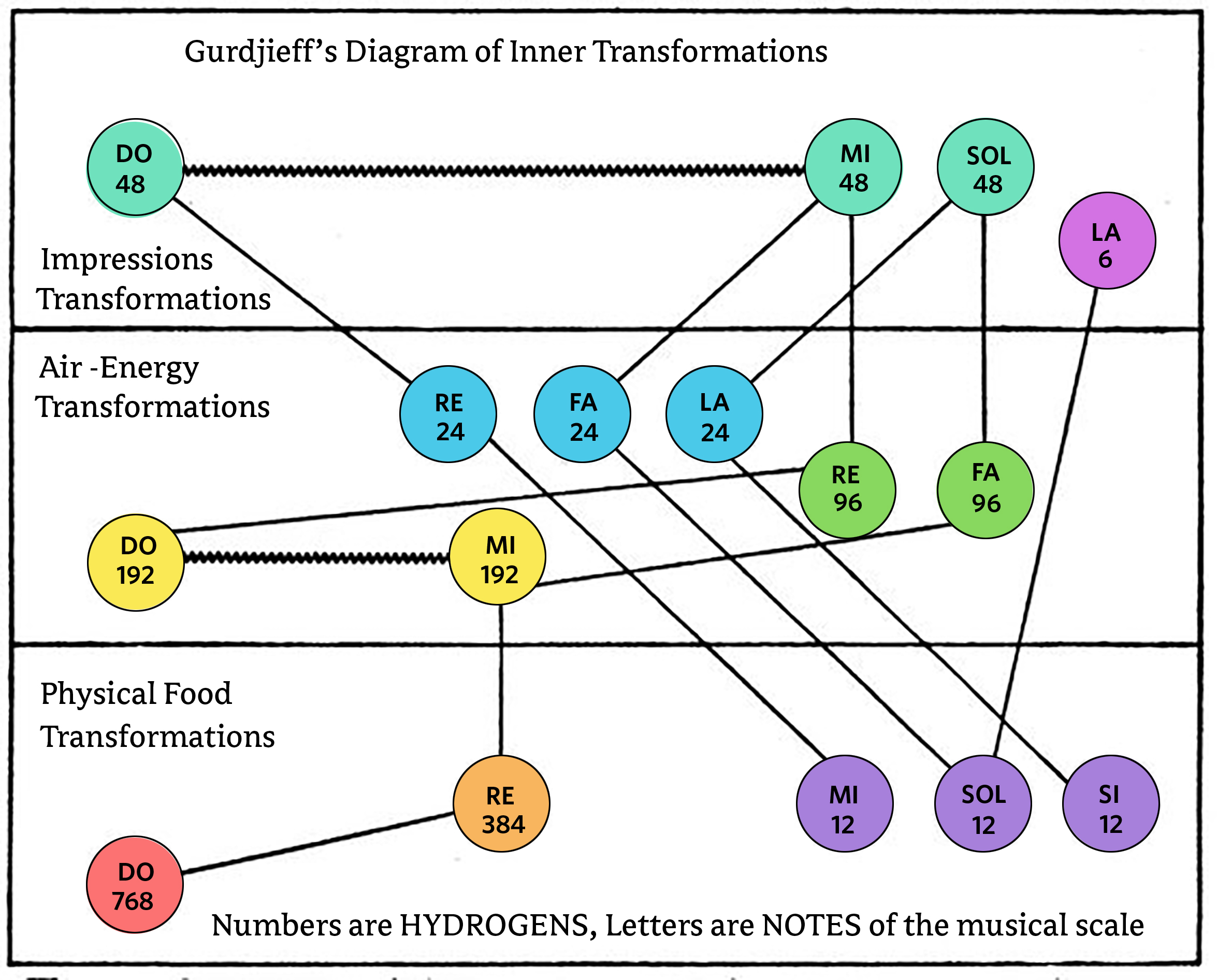

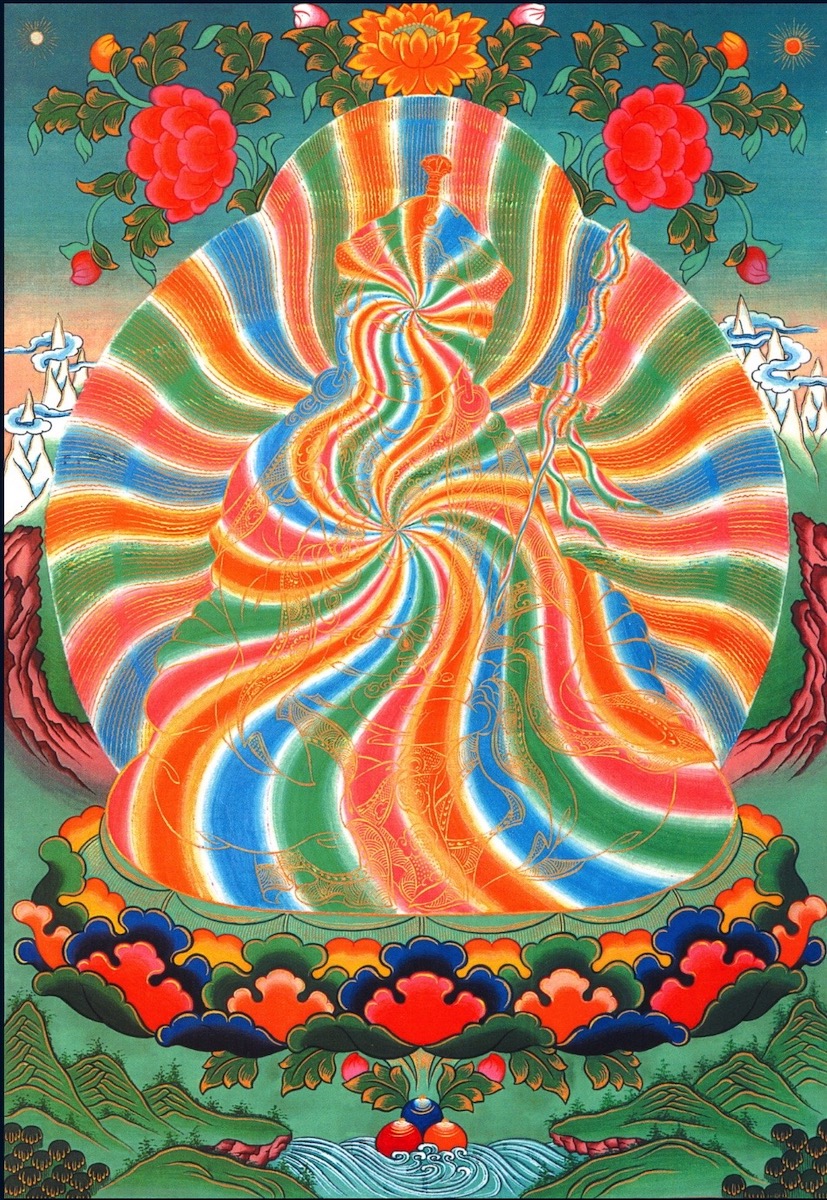 Rainbow Body. Image courtesy of the author
Rainbow Body. Image courtesy of the author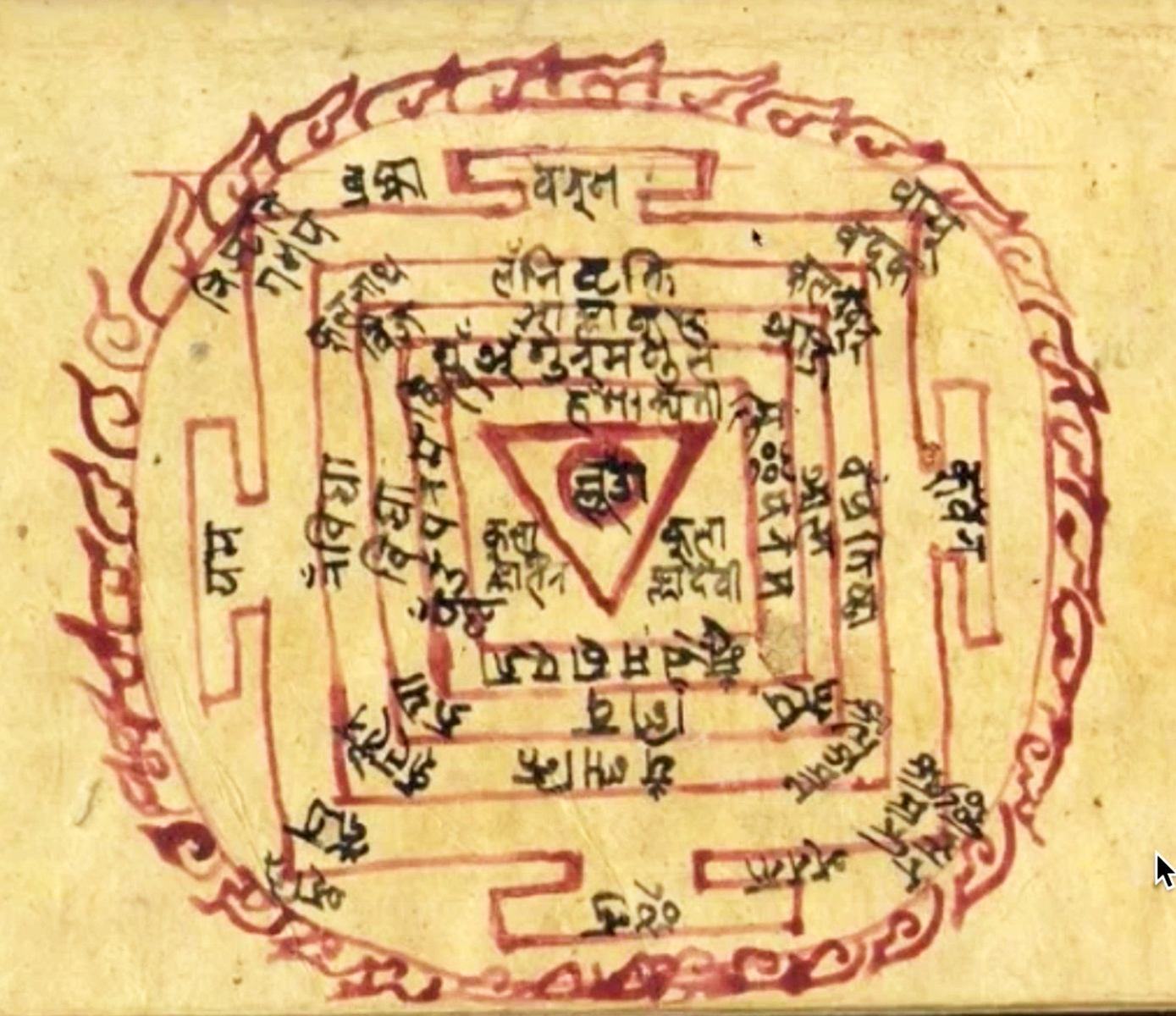


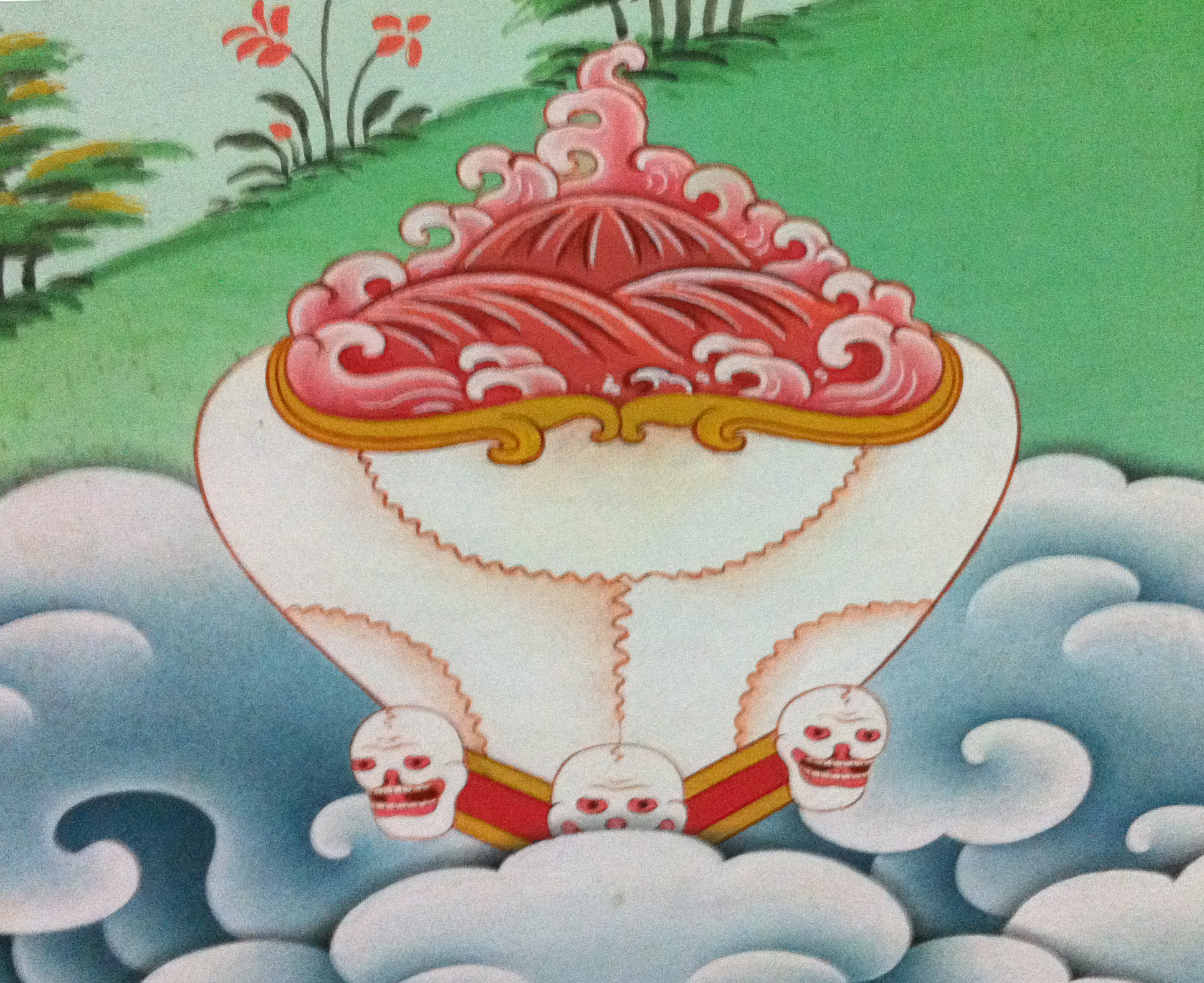
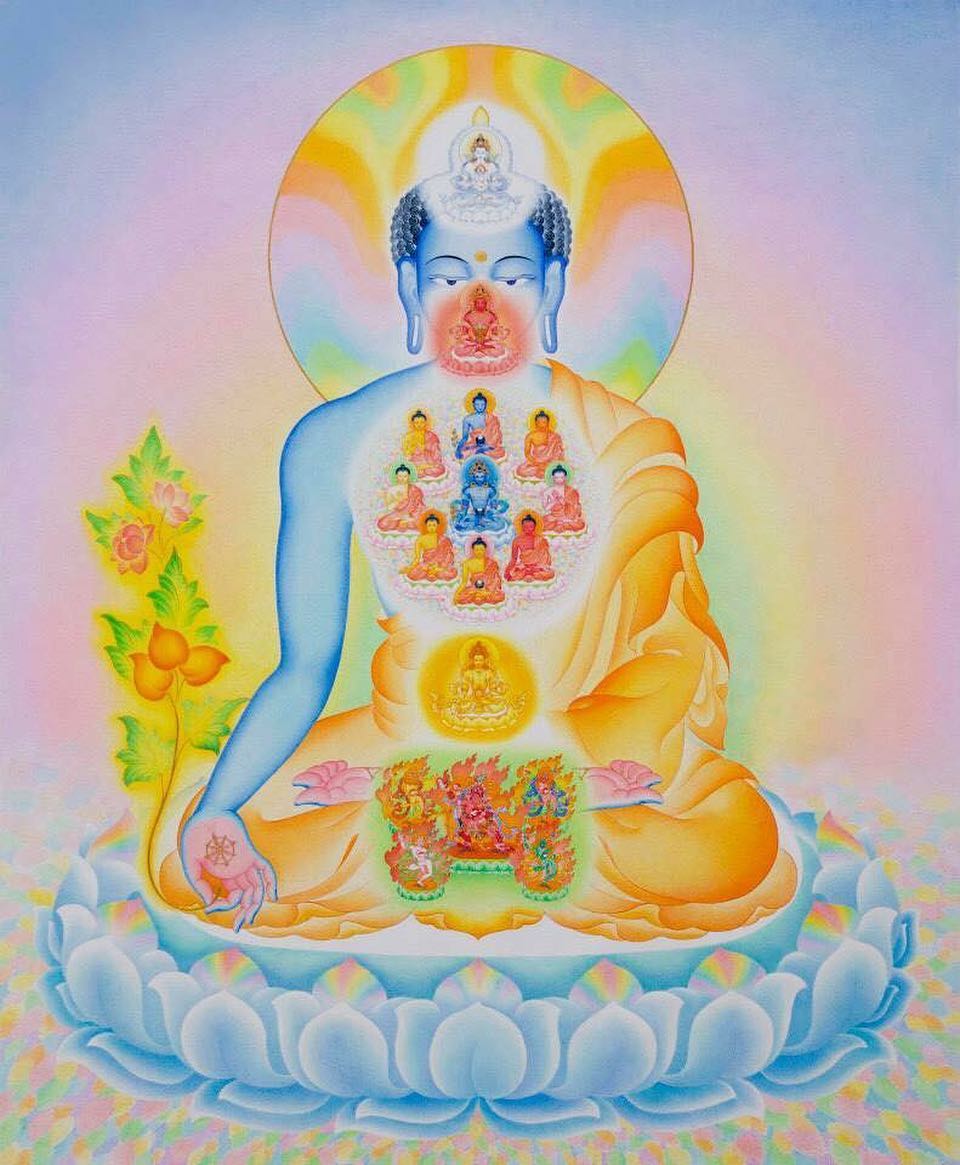
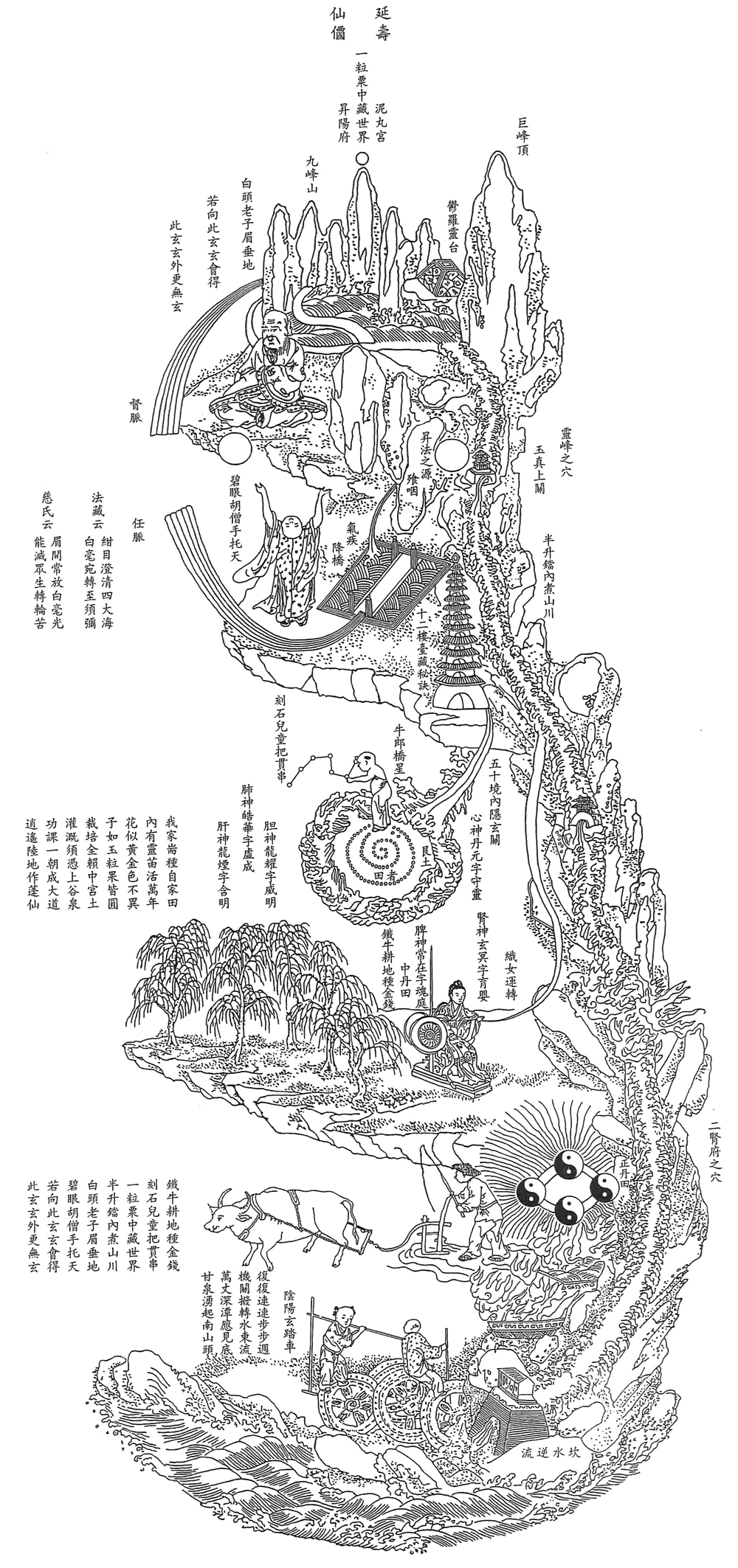 Within the Central Channel
Within the Central Channel


 The possibility of developing a Rainbow or Light Body from our physical organism is a profoundly important ancient truth that has come out of hiding in recent decades. This biophotonic structure can survive beyond the material organism, acting as a vehicle for a transformed consciousness—a luminous sphere of existence. But in the short time that it has come onto the radar, it has acquired a share of mistaken views. While there may not be any definitive cross-cultural compendium on the ins and outs of Light Body, some things can be stated clearly. And since modern biophysics is only now catching up with the reality of a luminous body, we must rely on the extensive historical evidence, written records, and teachings of past masters of Light Body technology. Based on that knowledge, we can look at seven current myths around the reality, development, and nurturing of Light Body.
The possibility of developing a Rainbow or Light Body from our physical organism is a profoundly important ancient truth that has come out of hiding in recent decades. This biophotonic structure can survive beyond the material organism, acting as a vehicle for a transformed consciousness—a luminous sphere of existence. But in the short time that it has come onto the radar, it has acquired a share of mistaken views. While there may not be any definitive cross-cultural compendium on the ins and outs of Light Body, some things can be stated clearly. And since modern biophysics is only now catching up with the reality of a luminous body, we must rely on the extensive historical evidence, written records, and teachings of past masters of Light Body technology. Based on that knowledge, we can look at seven current myths around the reality, development, and nurturing of Light Body.

